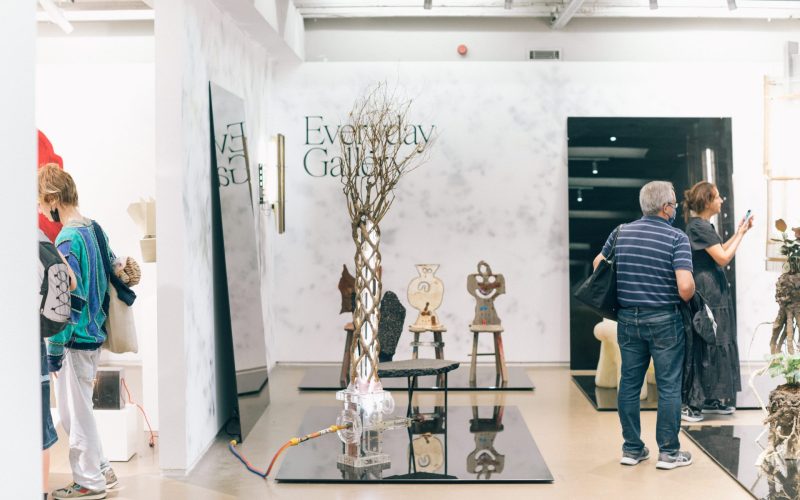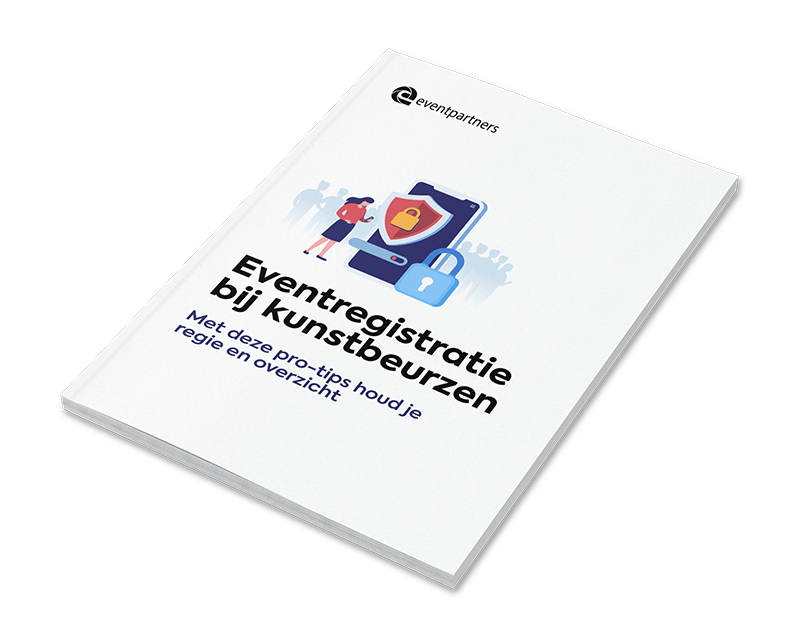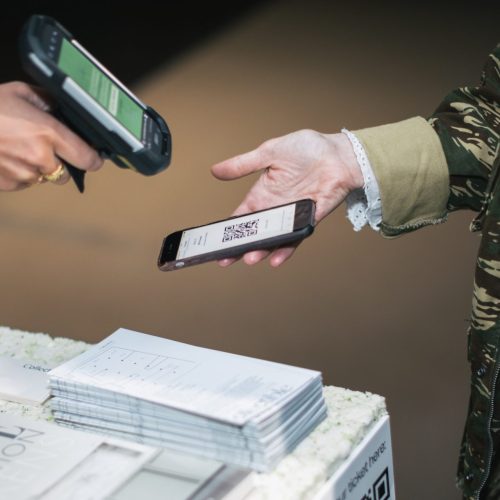
The digital age has made its way into art fairs, and invitation and registration software in particular is undergoing a major transformation. With innovative technologies, invitations are now tailor-made for art lovers. Technology also allows recommendations to be generated based on previous visits and personal preferences, creating a unique and personalised experience even before the fair begins. The registration process has also been significantly improved, with an emphasis on speed, efficiency and ease of use. This makes the first interaction with the fair already a pleasant experience, and this is just the beginning.
Sustainability is a big focus at art fairs these days. Stands are more often designed in an environmentally conscious way, using recycled and biodegradable materials. This not only reduces environmental impact, but also offers new and exciting opportunities for creativity in stand designs. Moreover, there is a clear trend towards modular stand designs, which can be reused at different events. This reduces the amount of waste traditionally produced at events of this size and contributes to the industry's efforts to become more sustainable.
Food and drink at art fairs are no longer just a necessity. Catering is now gaining prominence, with dishes that are as artistic as the works on display at the fair. This trend goes beyond simply beautiful presentations; caterers use their culinary skills to create edible works of art. This brings an extra dimension of experience and surprise to visitors and makes the art fair a holistic experience that stimulates all the senses.
The impact of the COVID-19 pandemic has forced the art fair world to innovate. Digital art fairs and VR experiences are no longer the future, but the present. A hybrid model, merging digital fairs with physical events, offers flexibility and accessibility to a global audience. Using VR technology, visitors from all over the world can now experience an art fair as if they were really there, making the art fair experience accessible to a much wider audience. This opens up new possibilities for artists and visitors alike and redefines what it means to attend an art fair.
Compliance with data privacy laws, such as GDPR and AVG, is playing an increasingly prominent role. With an increase in digital and hybrid events, there is more focus than ever on protecting personal data. Art fairs are taking proactive steps to ensure that visitors' data is secure and that all data-processing activities comply with applicable regulations.
This includes measures such as using secure registration systems, implementing strict data access controls and informing visitors of their rights regarding their data. The result is an environment where both artists' rights and visitors' privacy are respected and protected.
In the world of art fairs, there is a trend towards more diversification in VIP moments. Whereas VIP moments used to be often focused on an exclusive group of high-end clients, they have now evolved into occasions where different levels of VIP status can be distinguished. This offers the opportunity to spread your relationships across various VIP levels depending on their unique needs and interests.
This trend towards a more nuanced approach to VIP events offers art exhibitors the chance to make every visitor feel important and valued. By offering multiple VIP moments, you can offer your customers tailor-made experiences that fit their specific needs and expectations. After all, a customer who feels valued is a customer who is more likely to buy.
Last, but not least, is the emergence of ESG (Environmental, Social, and Governance) goals at art fairs. ESG, once a buzzword in the world of investment, is now a crucial focus for art fairs worldwide. Making a positive impact on society and the planet is what it is all about.
Environmental responsibility is reflected in many aspects, from the aforementioned use of sustainable materials in stand design to encouraging carbon-neutral travel options for visitors. Social responsibility is manifested in the promotion of diversity and inclusiveness, both in the artists represented and in the staff involved.
In terms of governance, art fairs strive for transparency and ethical behaviour at all levels. This includes everything from fair payment practices to open dialogue with all stakeholders, including artists, visitors and partners. It is objectives like these that position art fairs as drivers of innovation, not only in the art world, but also in terms of sustainability and social responsibility.

A detailed explanation and tips for organising an art fair can be found in our paper 'Event registration at art fairs'.
